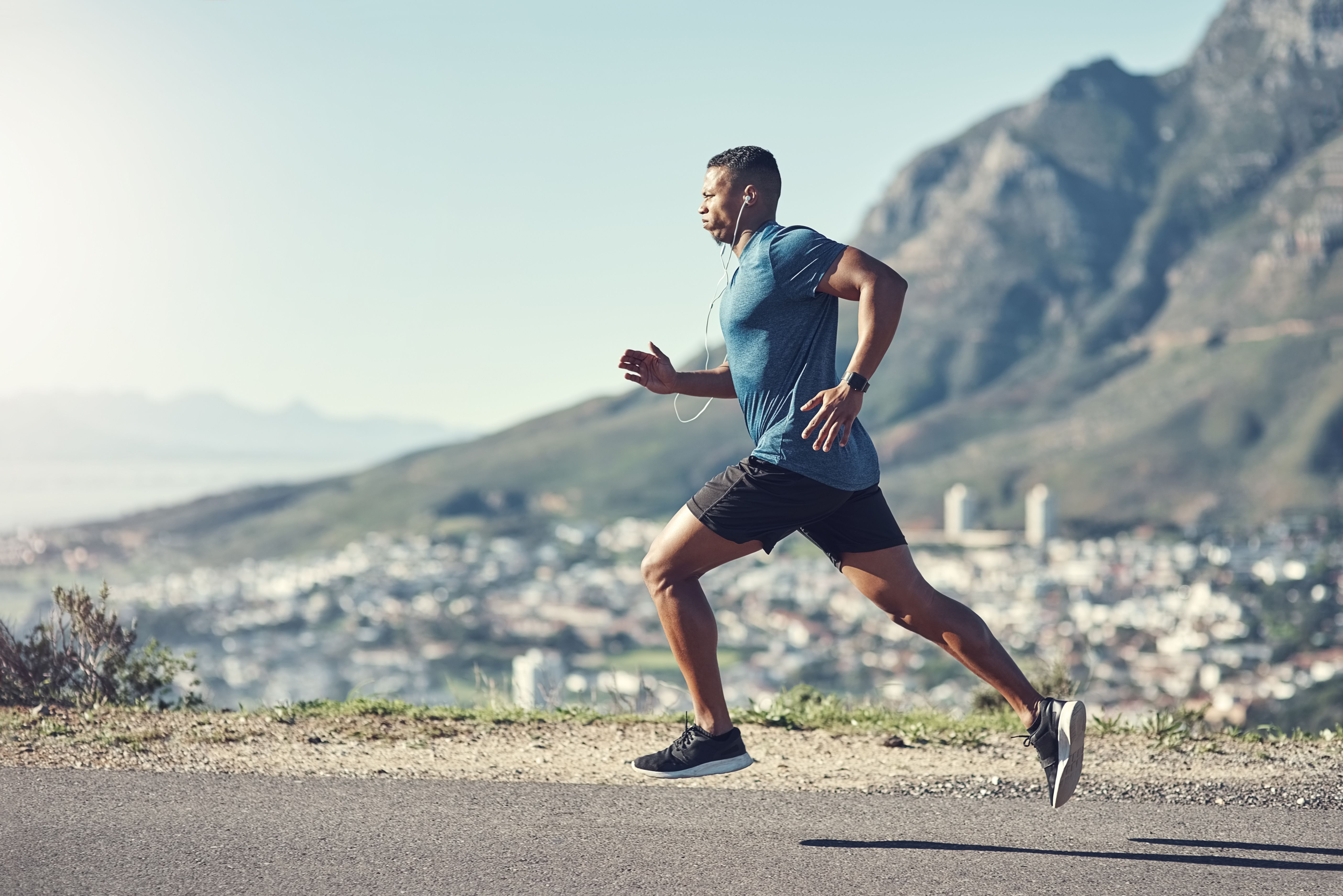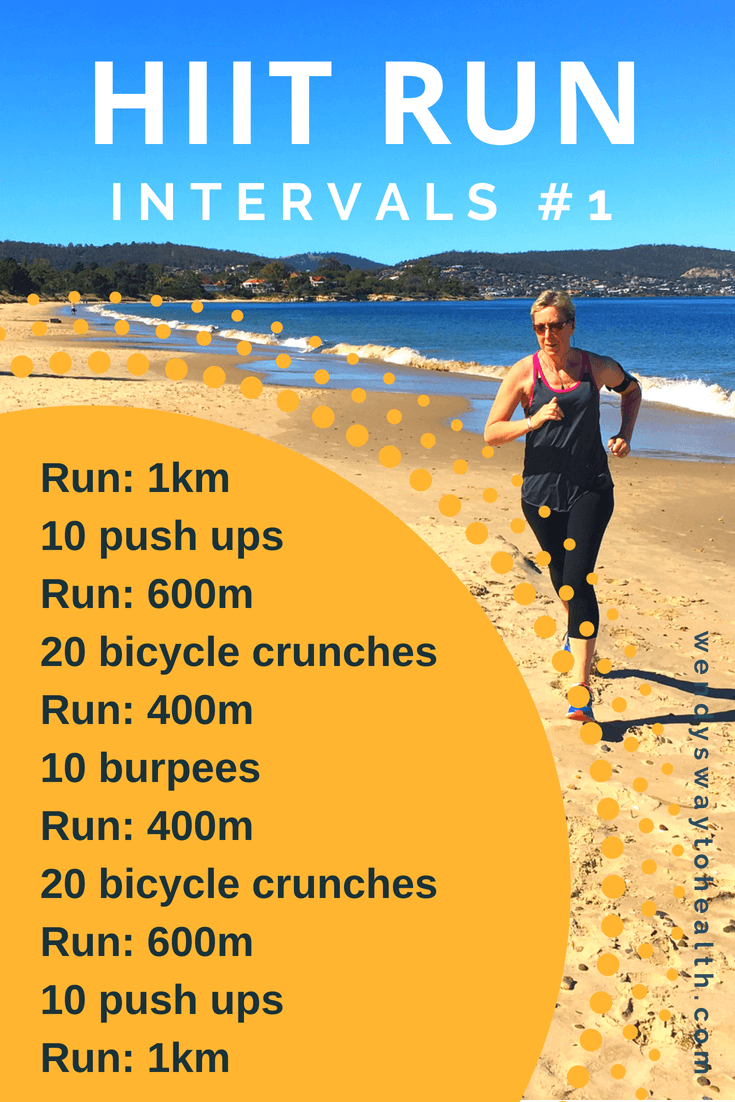Running Workout Tips: Improve Your Efficiency Today
Handling Typical Running Pains: Reasons, Solutions, and Avoidance
As joggers, we often experience different pains that can impede our efficiency and satisfaction of this exercise. From the devastating pain of shin splints to the nagging IT band syndrome, these common running pains can be aggravating and demotivating. Understanding the causes behind these ailments is important in effectively addressing them. By exploring the origin factors for these operating discomforts, we can reveal targeted options and preventative procedures to make certain a smoother and extra meeting running experience (try this).
Typical Running Pain: Shin Splints
Shin splints, a typical running discomfort, usually result from overuse or incorrect footwear throughout physical activity. The recurring stress and anxiety on the shinbone and the tissues connecting the muscular tissues to the bone leads to inflammation and discomfort.
To avoid shin splints, individuals ought to slowly boost the strength of their exercises, put on ideal shoes with correct arch assistance, and keep adaptability and toughness in the muscular tissues bordering the shin (running strategy). In addition, including low-impact tasks like swimming or biking can assist preserve cardiovascular physical fitness while enabling the shins to heal.
Common Running Pain: IT Band Disorder
In enhancement to shin splints, an additional widespread running discomfort that athletes commonly run into is IT Band Disorder, a condition caused by inflammation of the iliotibial band that leaves the external thigh and knee. IT Band Syndrome typically shows up as discomfort outside of the knee, particularly during tasks like running or biking. The iliotibial band is a thick band of fascia that connects the hip to the shin, and when it comes to be irritated or tight, it can rub versus the thigh bone, leading to pain and discomfort.
Runners experiencing IT Band Syndrome might discover a stinging or hurting feeling on the outer knee, which can get worse with continued activity. Variables such as overuse, muscle mass imbalances, inappropriate running type, or inadequate workout can contribute to the growth of this problem. To prevent and relieve IT Band Disorder, runners must concentrate on extending and enhancing workouts for the hips and thighs, proper footwear, gradual training development, and dealing with any kind of biomechanical problems that might be intensifying the trouble. Disregarding the signs and symptoms of IT Band Syndrome can result in persistent issues and extended recovery times, highlighting the relevance of early treatment and proper monitoring approaches.
Common Running Pain: Plantar Fasciitis

Plantar Fasciitis can be credited to numerous variables such as overtraining, improper shoes, running on hard surfaces, or having high arches or flat feet. To stop and reduce Plantar Fasciitis, runners can incorporate stretching exercises for the calves and plantar fascia, wear supportive shoes, keep a healthy and balanced weight to lower pressure on the feet, and progressively raise running strength to prevent unexpected anxiety on the plantar fascia. If signs continue, it is recommended to speak with a healthcare professional for correct medical diagnosis and therapy choices to address the condition properly.
Usual Running Pain: Runner's Knee
After dealing with the difficulties of Plantar Fasciitis, an additional prevalent problem that joggers often deal with is Jogger's click to read Knee, an usual running pain that can impede sports efficiency and create discomfort during physical activity. Jogger's Knee, additionally known as patellofemoral pain syndrome, materializes as discomfort around or behind the kneecap. Joggers experiencing this discomfort may feel a boring, aching discomfort while running, going up or down staircases, or after long term periods of sitting.
Common Running Pain: Achilles Tendonitis
Typically affecting joggers, Achilles Tendonitis is an unpleasant condition that impacts the Achilles tendon, triggering pain and prospective constraints in exercise. The Achilles ligament is a thick band of cells that attaches the calf bone muscular tissues to the heel bone, crucial for activities like running, leaping, and strolling - go to this site. Achilles Tendonitis commonly creates due to overuse, improper footwear, insufficient extending, or abrupt rises in physical activity
Symptoms of Achilles Tendonitis include pain and tightness along the tendon, particularly in the early morning or after durations of lack of exercise, swelling that aggravates with task, and perhaps bone stimulates in persistent instances. To avoid Achilles Tendonitis, it is vital to stretch correctly before and after running, wear suitable footwear with proper support, gradually increase the strength of workout, and cross-train to lower recurring stress and anxiety on the ligament. Therapy may involve rest, ice, compression, elevation (RICE method), physical treatment, orthotics, and in serious situations, surgical treatment. Early intervention and proper care are crucial for taking care of Achilles Tendonitis successfully and stopping long-term complications.
Verdict
